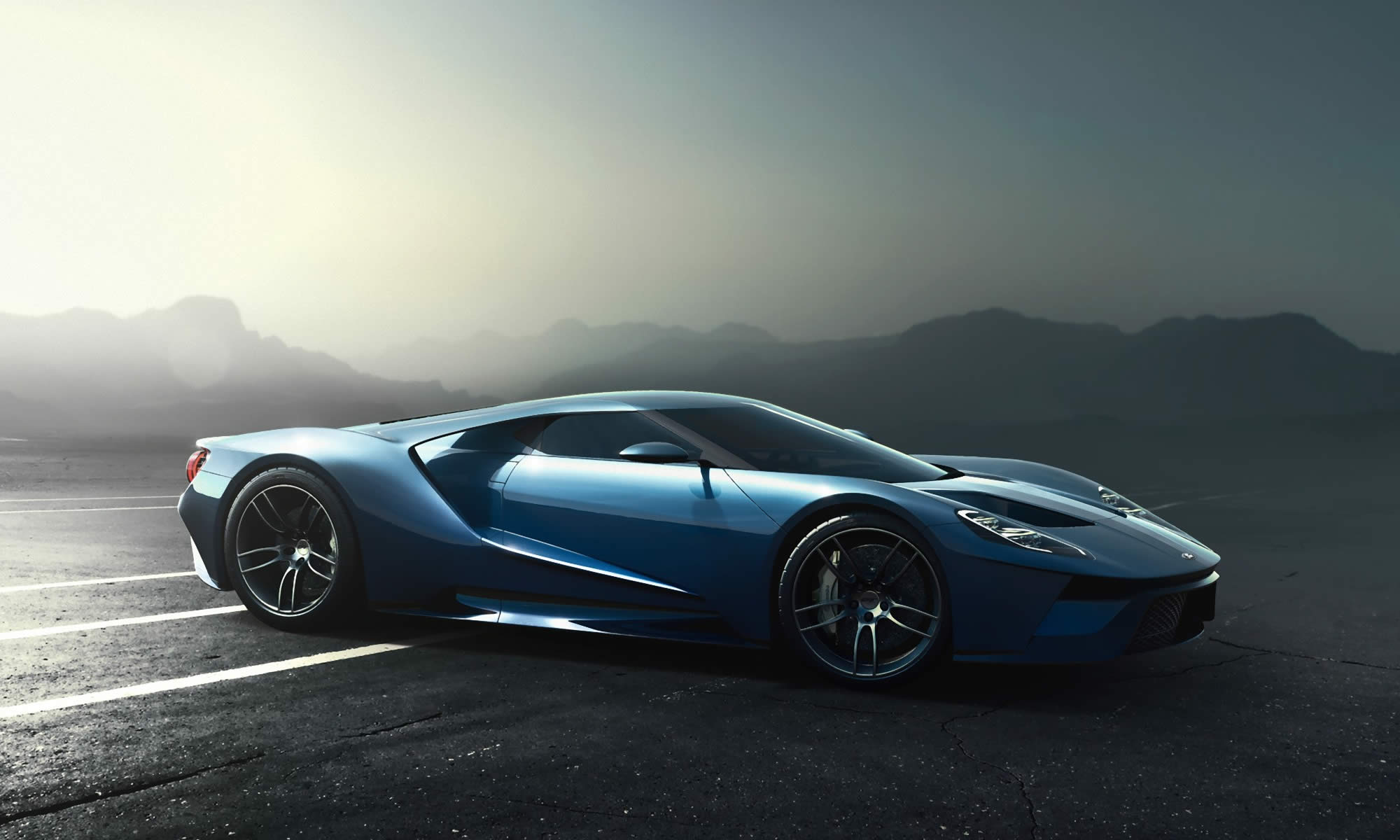Everybody knows that cars need maintenance, but for some reason the majority of car owners seem to ignore most of these simple chores. Most of this stuff isn’t difficult, and you can pay people a reasonable sum of money to simply do the things that are difficult for you. For the most part, It’s procrastination that is the problem for this vast swathe of car owners; they’ll do it next week right up until the point where they’re stranded on the side of the road wishing that they hadn’t also procrastinated about renewing their AAA membership.
So please, if you have a car, even if it’s a sad, old jalopy, do some basic maintenance on it. If you don’t you’ll suffer from 12 Horrible Things That Will Happen If You Don’t Properly Take Care of Your Car.
If you forget to change your oil… your engine will lose power, run really roughly, and eventually die, leaving you stranded on a desert highway with no reception and nothing but angry scorpions and disgruntled rattlesnakes to help you. It’s pretty simple. Just change your oil at the manufacturer-recommended intervals, or when your dipstick/onboard computer shows that said oil has gotten too nasty. If you’re not willing to do it yourself (and you should be, because it’s easy), just get a local shop to do it. It’s still not that expensive.
If you forget to flush your transmission fluid… you’ll never have a chance to flush it again, assuming you have an automatic transmission. No really, with the complexity of automatic transmissions, a lot of good mechanics will tell you not to flush your fluid if you’ve waited too long, as that can cause problems. It’s better to just sit back and hope that your transmission makes it.
If you don’t change your engine air filter… your engine will get starved of air and run rich, meaning that it doesn’t have enough oxygen for the amount of gas in the combustion chamber. This will cause your engine to start running very roughly, lose power, and be rather inefficient. Eventually, it may stop running all together, but you’d have to wait a really long time for that to happen. You’ll spend too much money on gas. Check the filter every time you change your oil, and if it’s nasty, put a different one in there. Easy.
If you don’t replace your cabin air filter… airflow will be impeded to your HVAC system and your car will smell musty. Check your manual on when to replace it.
If you don’t wash and wax your car regularly… the paint on your car will be covered in a thin layer of grit and grime, meaning that when anything at all rubs against it will leave hundreds of tiny scratches, and hard objects will have an easier time leaving large scratches. Over time, your car’s paint will get dull and ugly looking. In the short term, you’ll just look like a lazy slob. It’s best to do this by hand, but it’s way better to go through a drive through car wash than to never do it at all.
(To be continued)







